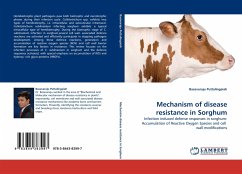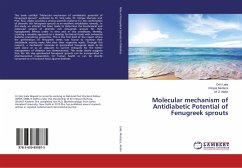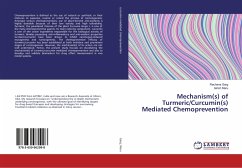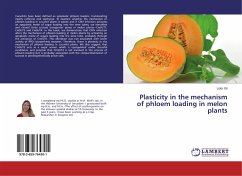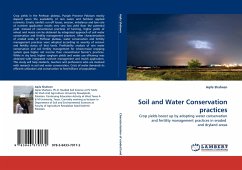Hemibiotrophic plant pathogens pass both biotrophic and necrotrophic phases during their infection cycle. Colletotrichum spp. exhibits two types of hemibiotrophy, i.e. intracellular and subcuticular intramural. Colletotrichum sublineolum infecting sorghum exhibits a typical intracellular type of hemibiotrophy. During the biotrophic stage of C. sublineolum infection in sorghum,several cell wall- associated defence reactions are activated and efficiently participate in stopping pathogen development. Among these defence reactions, generation and accumulation of reactive oxygen species (ROS) and cell wall barrier formation are key factors in resistance. This review focuses on the infection processes of C. sublineolum in sorghum and the defence responses activated, with special emphasis on accumulation of ROS and hydroxy- rich glyco-proteins (HRGPs).
Bitte wählen Sie Ihr Anliegen aus.
Rechnungen
Retourenschein anfordern
Bestellstatus
Storno

